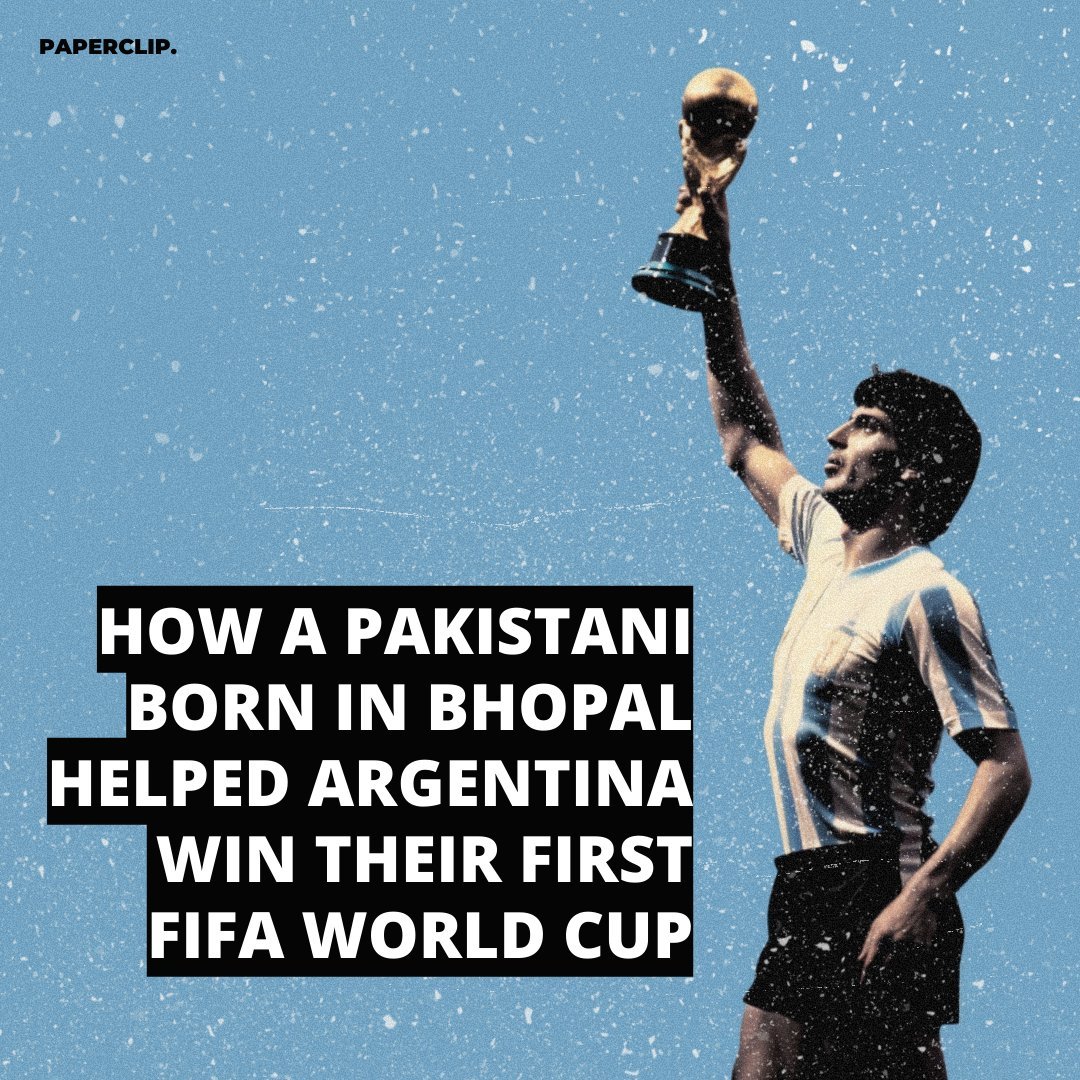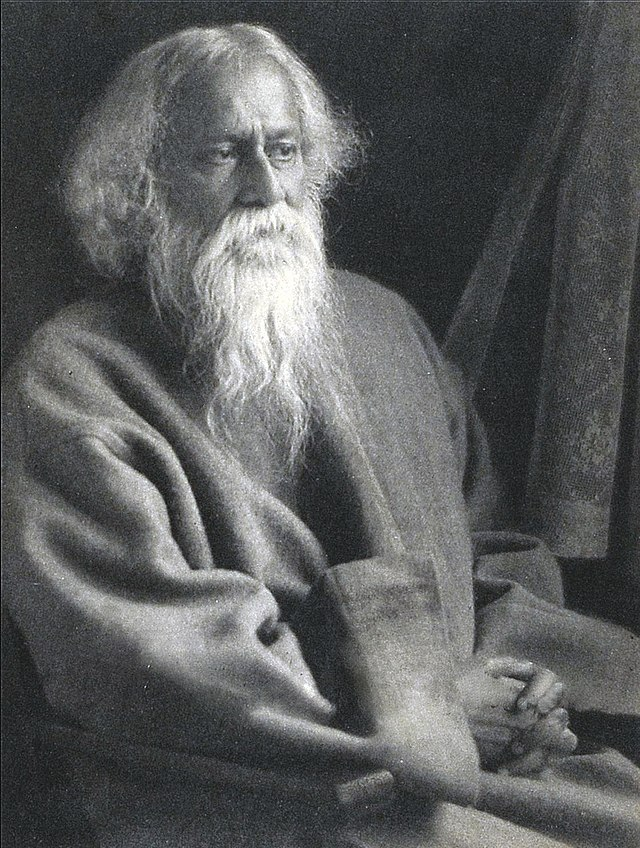Today is the day that led to the inception of an iconic Bengali dish and also a day that tells a story of a tragic Indian mother buried in Paris. A short thread on a fabled concourse of history. (1/10) 

Back in 1856, on this day, Lord Dalhousie, the Governor-General of British India, annexed the kingdom of Awadh with the allegation of misadministration and exiled the Last Nawab Wajid Ali Shah to Calcutta. (2/10) 

Wajid Ali Shah arrived in Calcutta, started living in the Metiabruz area with the aid of a pension, built a mini Lucknow around him, inspired the art scene heavily and introduced Thumri and Kathak to Calcutta. (3/10)
He also brought his exotic Khansamas with him from Awadh who were inventing a new genre of food marrying local ingredients with Awadhi cuisine. They experimented with the famous ‘Alu’, adding it to the Lukhnow Biriyani, thus giving birth to the enigmatic Calcutta Biryani. (4/10) 

The story of the mother of Nawab took a completely different turn after the exile.The Queen Mother of Wajid Ali Shah,Malika Kishwar aka Janab-i ‘Aliyyah who spent her entire life behind Purdah,travelled all the way to England to meet Queen Victoria pleading her son’s case. (5/10)
Unfortunately, by the time she met the Queen, Sepoy Uprising had begun back home, her son was declared a traitor and she was denied a passport back to India. An illustration of the Queen from Le Monde illustré by artist Nélie Jacquemart. (6/10) 

The helpless Queen Mother tried to go to Mecca via France but unfortunately, her health deteriorated and she breathed her last stranded at a hotel in the rue Lafitte in Paris. The funeral was covered in detail by the French journal L’Illustration and Le Monde illustré. (7/10) 

Numerous candles illuminated the scene, the Queen was given a guard of honour and she was carried in a white wooden coffin to the Muslim quarter of Père Lachaise cemetery. (8/10) 

The forgotten Queen Mother is buried in the most visited cemetery of Paris in an uncelebrated way. (9/10) 

Source: The Last King in India: Wajid Ali Shah by Rosie Llewellyn-Jones. Narrative of the Indian Revolt from Its Outbreak to the Capture of Lucknow
By Colin Campbell Baron Clyde.
Photo courtesy: Madhura Roy, Ahmad Ali Khan, Wikimedia Commons, Le Monde Illustré. (10/10)
By Colin Campbell Baron Clyde.
Photo courtesy: Madhura Roy, Ahmad Ali Khan, Wikimedia Commons, Le Monde Illustré. (10/10)
• • •
Missing some Tweet in this thread? You can try to
force a refresh













